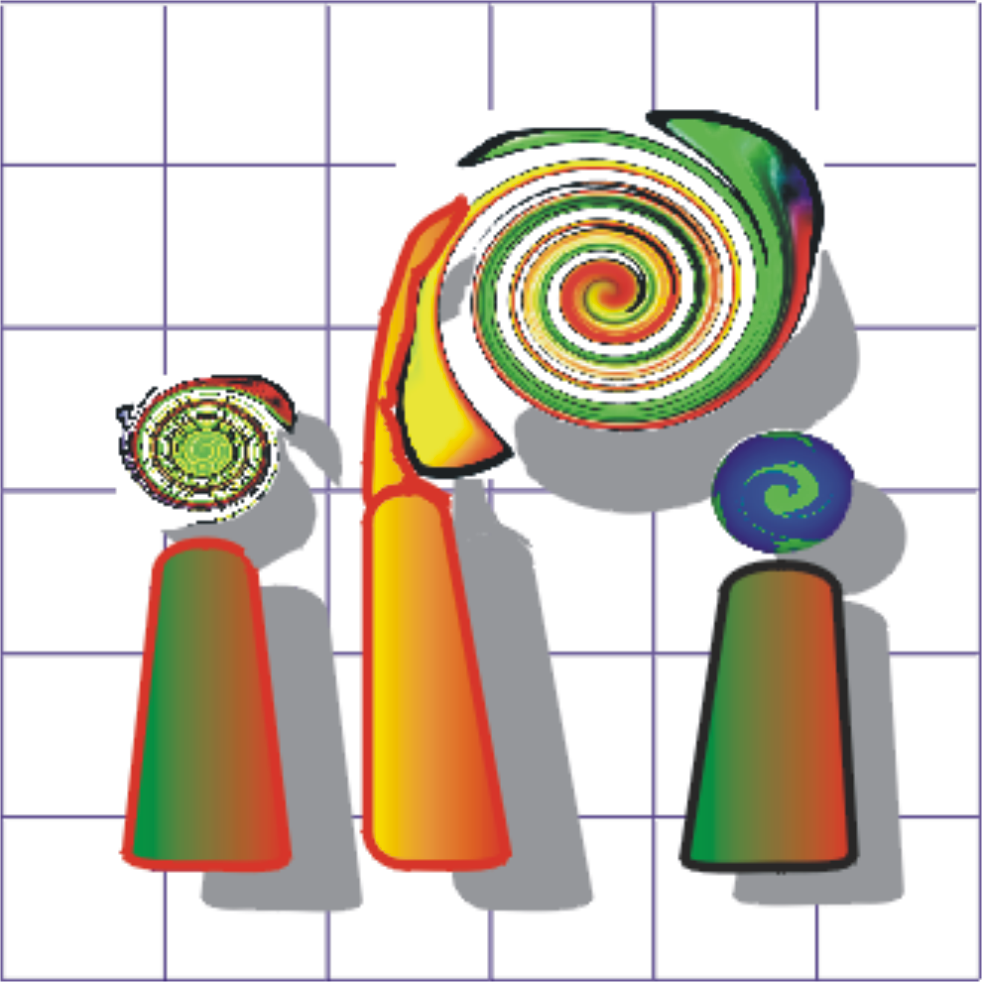AnalySAR – Building detection in urban areas by fusion of optical and SAR imagery of very high resolution (2012)
| Team: | J. D. Wegner |
| Year: | 2012 |
| Duration: | since 2007 |
| Is Finished: | yes |
A growing number of optical sensors (IKONOS, Quickbird, Worldview) and radar sensors (TerraSAR-X, CosmoSkyMed), which acquire images using the “Synthetic Aperture Radar” technique (SAR), provide imagery of very high geometrical resolution. Due to the different spectral bands of both sensor principles, complementary object properties may be used for the detection of, for example, buildings.
Optical sensors acquire very high resolution imagery covering the entire visible spectrum. Optical images also correspond to human eye perception thus facilitating interpretation. However, since optical sensors acquire the sun light that is reflected at the earth's surface, they fail at night time and if clouds are covering the region of interest. SAR sensors are not subject to these restrictions because they actively emit a microwave signal, whose reflection at the earth's surface is recorded. Hence, it is possible to map objects regardless of sun illumination and dense cloud coverage. Nevertheless, one drawback is that SAR sensors do not capture colour information. Additionally, SAR specific effects occur due to the slant range geometry and the small angular resolution of the sensors. These effects complicate image interpretation particularly in urban areas (compare SAR image in Fig.1 and optical image in Fig. 2 ).
 |  | |
Fig.1: SAR image of airborne sensor Aes-1 overlaid with extracted lines, which occur due to multiple reflections of the radar signal at building walls and the ground | Fig. 2: Optical aerial image of the same area as in shown in the SAR image in Fig. 1, overlaid with the lines extracted from the SAR image | |
 |  | |
| Fig. 3: Optical aerial image overlaid with building detection result based merely on building hints of the optical image | Fig. 4: Optical aerial image overlaid with building detection result based on building hints of both the optical image and the SAR image |
In order to combine the advantages of both sensor types, new approaches for combined optical/SAR image analyses are developed. In a first step, building hints are extracted in the SAR image (red lines in Fig. 1) and in the optical image. Next, such hints are geometrically registered and used as input to a semi-supervised learning based probabilistic classification framework. We focus especially on the integration of context information into the probabilistic classification approach. A first building detection result using hints of both sensors is shown in Fig. 4. Future applications based on the developed algorithms could for example be automatically derived change maps that are needed after natural disasters like floods and land slides.
This project is part of the bundle project "AnalySAR", which is carried out in cooperation with researchers at the TU Berlin and the TU Munich. It is funded by the German Science Foundation (DFG).


